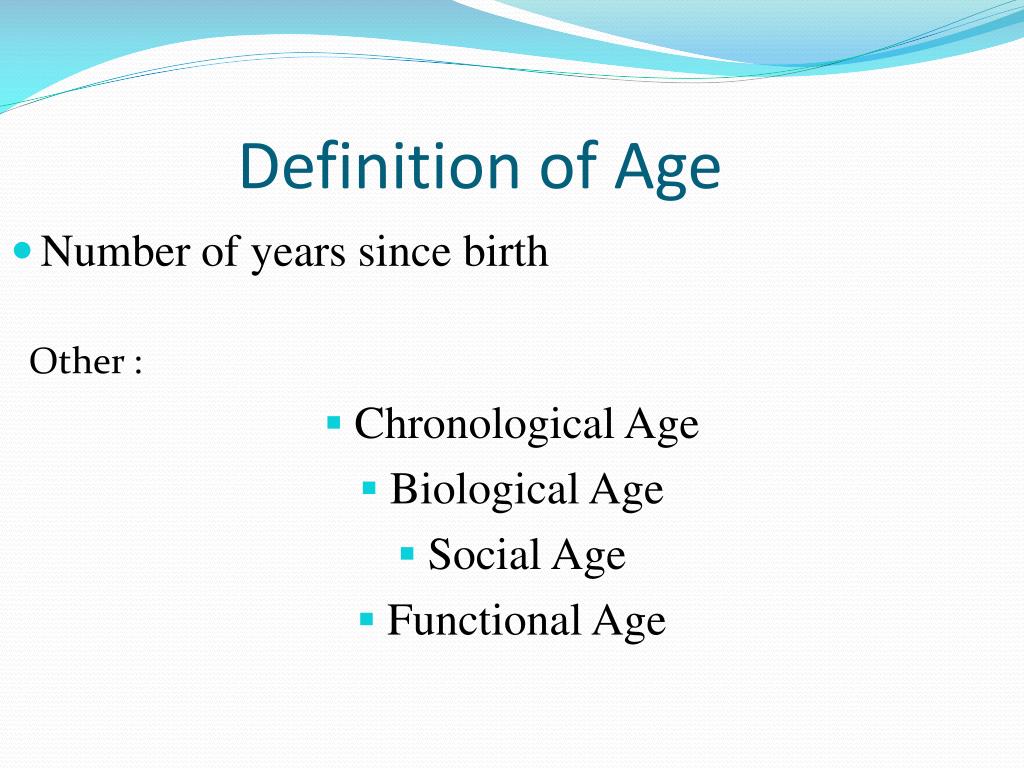

Biological age is by definition a better predictor of future lifespan than chronological age is. However, individuals do not all age at the same rate: an individual’s biological age can be either older or younger than their chronological age ( Belsky et al., 2015).

In birds, the strength of the HPA response generally declines with chronological age ( Heidinger, Nisbet & Ketterson, 2006 Heidinger et al., 2010 Wilcoxen et al., 2011 Elliott et al., 2014 Lendvai, Giraudeau & Bo, 2015 López-Jiménez et al., 2017), possibly reflecting adaptive shifts in behavioural allocation as expected future lifespan reduces. The hypothalamic-pituitary-adrenal (HPA) axis is a highly conserved, integrated system in vertebrates that functions to prioritise immediate survival over non-essential activities in the face of acute threats. We meta-analysed the data from the present and the earlier study combined, and found some support for the conclusions of the earlier paper. However, we did not replicate the associations with DTA observed in the earlier study. The manipulation of begging effort affected the stress response (specifically, the reduction in CORT between 15 and 30 min) in an age-dependent manner. Individual consistency between the two age points was low, but there were modest familial effects on baseline and peak CORT. Our data suggest a decline in the strength of the CORT response with chronological age: peak CORT was lower at the second age point, and there was relatively more reduction in CORT between 15 and 30 min. We measured the CORT response at two different age points (4 and 18 months). Here, we performed a follow-up study using the same capture-handling-restraint stressor in a separate cohort of starlings that had been subjected to a developmental manipulation of food availability and begging effort. Specifically, birds that had experienced greater developmental telomere attrition (DTA) showed a lower peak corticosterone (CORT) response to an acute stressor, and more rapid recovery of CORT levels towards baseline. A recently published study of European starlings ( Sturnus vulgaris) found that a marker of biological age predicted the strength of the stress response even in individuals of the same chronological age. The base rate is 51.84 Mbps (“OC-1/STS-1”) and higher rates are direct multiples of the base rate, up to 13.22 Gbps.The strength of the avian stress response declines with age. Synchronous Optical Network (SONET) is an optical interface standard that allows inter-networking of transmission products from multiple vendors. Finished Services include Access Services, private lines, retail services, and resold services. Finished Services do not include Unbundled Network Elements or combinations of Unbundled Network Elements. If the prescribing Physician has documented with SHL why the Insured’s condition cannot be stabilized with the first-step Covered Drug, SHL will review a request for Prior Authorization to move the Insured to a second-step drug, and so on, until it is determined by SHL that the prescribed Covered Drug is Medically Necessary and eligible for benefit payment.įinished Services means complete end-to-end services offered by CenturyLink to wholesale customers or retail End User Customers. The Step Therapy program requires that before benefits are payable for a high cost Covered Drug that may have initially been prescribed, the Insured try a lower cost first-step Covered Drug. Step therapy means a program for Insureds who take Prescription Drugs for an ongoing medical condition, such as arthritis, asthma or high blood pressure, which ensures the Insured receives the most appropriate and cost-effective drug therapy for their condition. Related to Chronological age-appropriate services


 0 kommentar(er)
0 kommentar(er)
